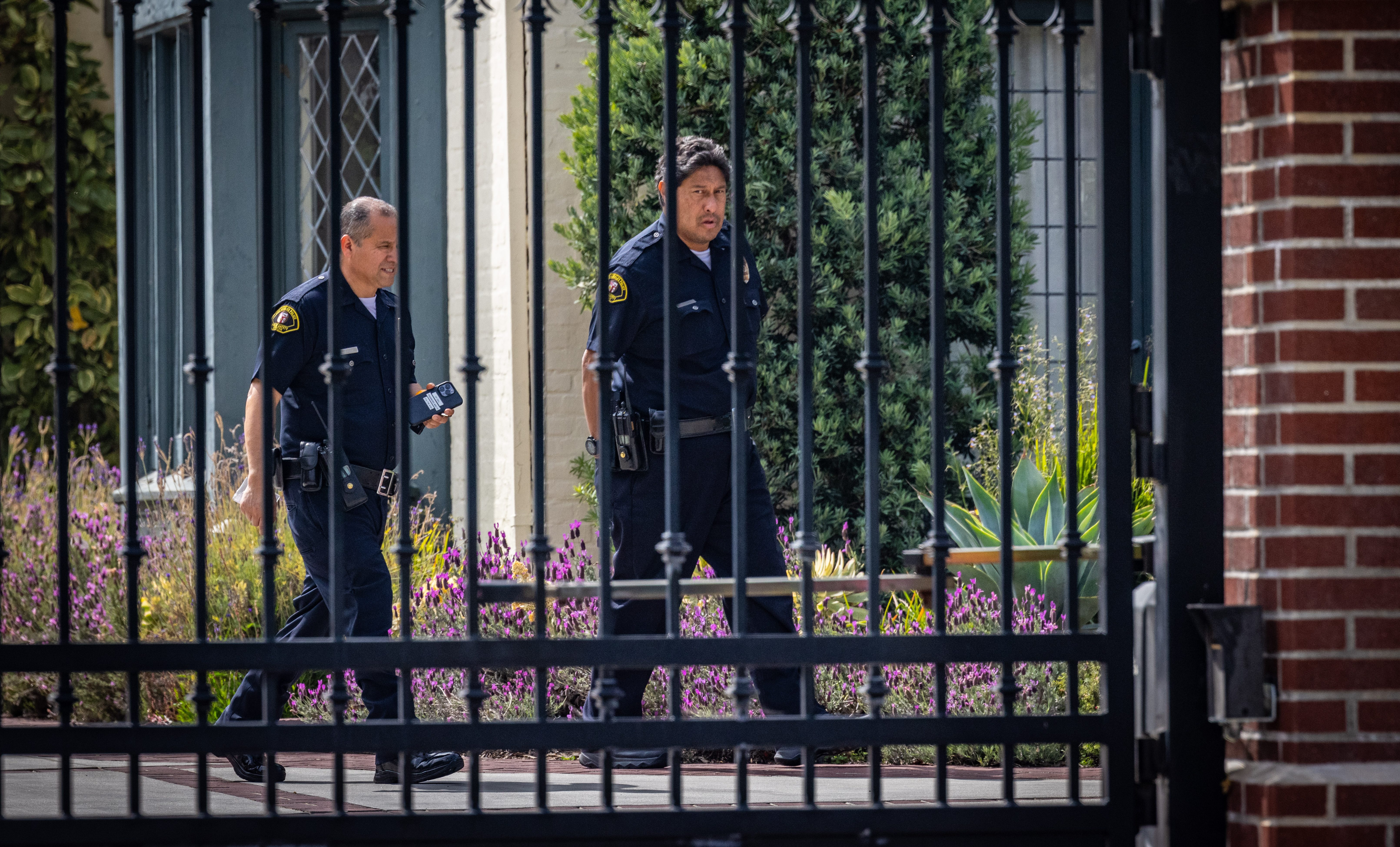Flaming obstacles, live electrical wires, choking smoke, it's the very definition of hell for some, but for others, it's a way to pass a Sunday morning.
These so-called "adventure runs" have become bucket list material for weekend warriors here in Southern California.
But the NBC4 I-Team found participants may be playing dangerous games.
These aren't just "fun runs" -- sign up for one of these events, and a participant could be dealing with serious injuries or illness when — and if — you reach the finish line.
Kori Rabida has a medal to prove her athletic toughness — but she also has two plates and 21 screws in her leg.
"I was looking for a new challenge," she said.
Like the Tough Mudder, over ten miles of obstacles are designed to test your athleticism or break your will, but Rabida's run broke her leg first.
News
Top news of the day
"I didn't land on both feet and there was a metal spike," she said. "So when I landed, my bone actually went through my ankle for a compound fracture."
Rabida ended up having two surgeries on her leg.
"Not only are you running, you're jumping, dodging, going under barb wire, jumping over fire and running through electrical wire," said Dr. Rodney Gabriel, an orthopedic surgeon at Cedars-Sinai Medical Center.
A trip to an office like Gabriel's could be the end of a finish line for an ill-prepared adventure runner.
Gabriel said lower leg injuries occur because adventure courses are uneven. Runners can't see where their feet are landing and are dodging other racers.
The courses are designed for serious athletes, so it's best to train as one, Gabriel said.
"You should look at what your course is, what are the obstacles and start preparing for that," he said.
CrossFit training may be as close as one can get to an adventure course.
Maddy Curley is a CrossFit trainer and a college gymnast who has participated in adventure runs.
"It's like the only thing I've ever quit," she said.
Marlene Mousseux, who also participated in adventure runs, is a CrossFitter and recently gave birth and cross trained while pregnant
"Some of them are a little hardcore," she said. "And then getting shocked — it gets a little old after a while."
They both said even rigorous cross training can't simulate the elements of an adventure course.
"It was so freezing that a friend of mine got hypothermia and we stopped at the fifth mile," Curley said.
Even a broken leg didn't stop Rabida. She earned her medal after healing and competing for a second time. After finishing, she's promised there won't be a third.
"Now it's out of my system," she said. "I don't think I'll ever do one again. I have no inclination to do it."
Broken bones aren't the only hazard. This past June, more than a thousand people that took part in an adventure run in France got sick. Investigators believe they ingested mud that was affected with norovirus.
A Tough Mudder spokeswoman told the I-Team that 98 percent of their participants complete the event without need of any medical assistance.
Tough Mudder also provides up to $100,000 in medical insurance as part of their registration fees.
Tough Mudder Statement:
"The safety of our participants is our top priority. While we build our events to be very challenging, experts are involved in every step of the obstacle innovation process to ensure our events safe. We test obstacles, continually review our emergency response protocols, and work with contracted medical service providers and local medical teams to provide high levels of expert care. This focus on safety is why we have been able to create best-in-class obstacles and provide life-changing experiences to over 2 million participants globally. While there are inherent risks in any mass-participation event, we are very confident in our safety procedures.
Ninety-eight percent of Tough Mudder participants complete the event without need of any medical assistance, and the most common medical issues addressed on site are dehydration, heat exhaustion and hypothermia. These issues are by far the most regular, but others injuries treated include minor abrasions, contusions, and lower-body sprains. The majority of injuries do not occur at obstacles, but are sustained while running along the course.
Supporting Statistics:
- Tough Mudder has hosted over 150 events in past five years, with more than 2 million Mudders safely earning their headbands.
- TMHQ has more than 100 employees with event experience, including more than 20 full time employees with a collective 75+ years of expertise in safety and mass participation event delivery for organizations including the Olympic Games, FIFA, USA Triathlon, New York Road Runners, USTA, The PGA Tour, The Rugby World Cup, IMG and more.
According to statistics from USA Triathlon and Johns Hopkins Medicine, participating in a TM is 11x safer than running a marathon and 20x safer than competing in a triathlon."



